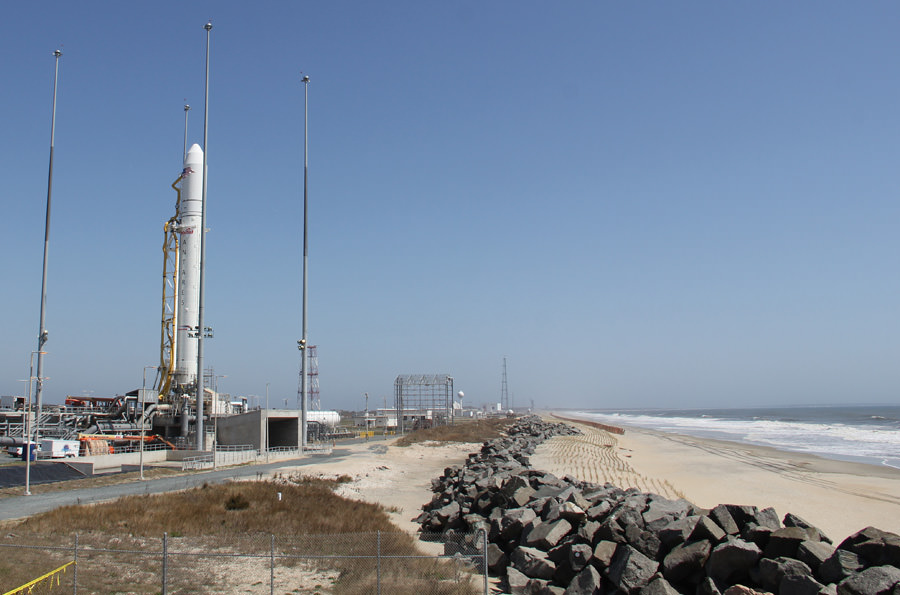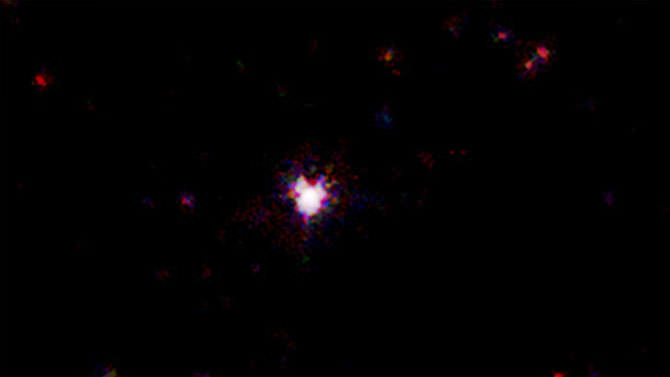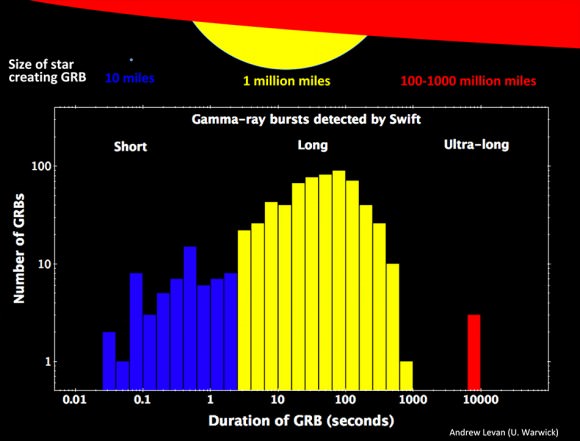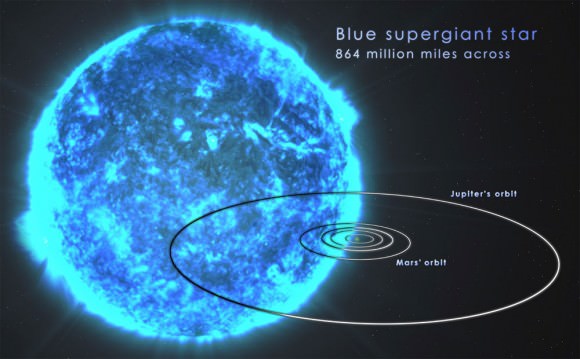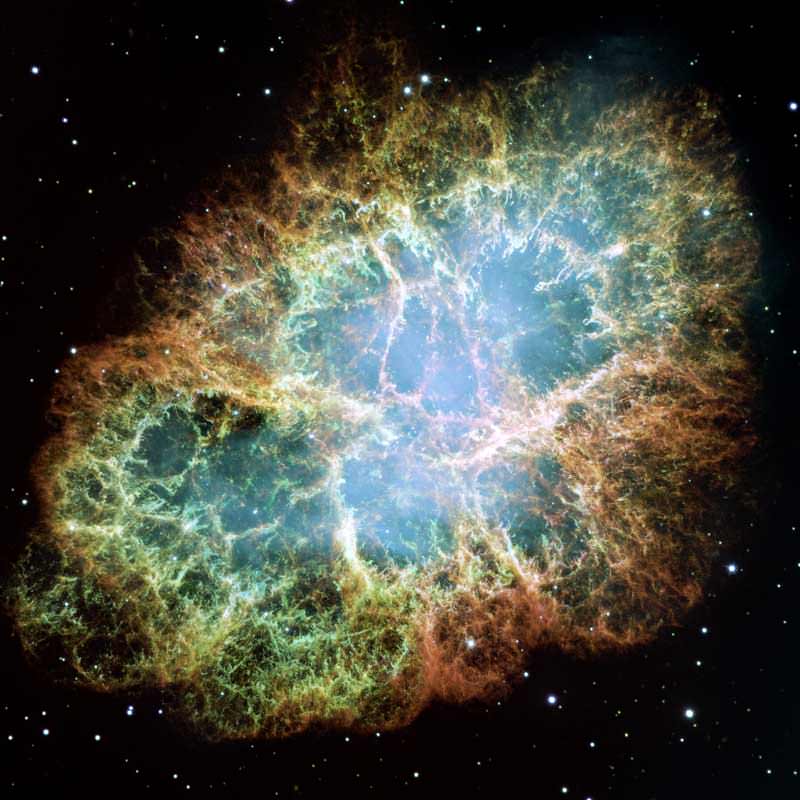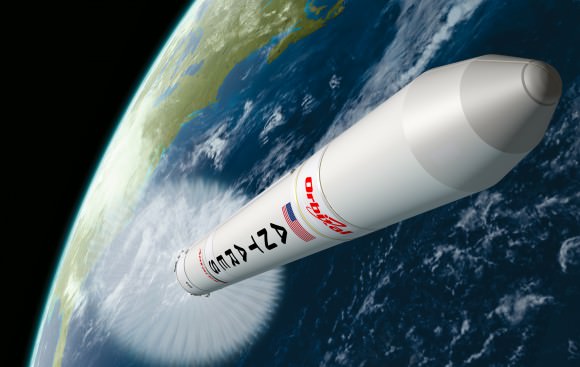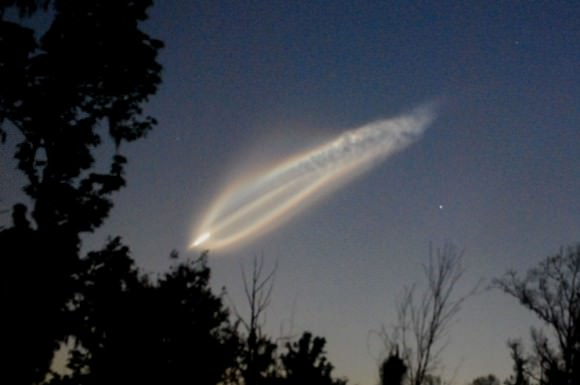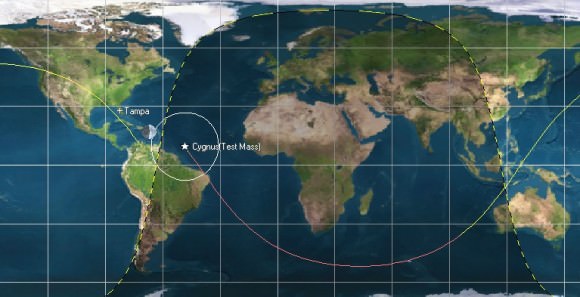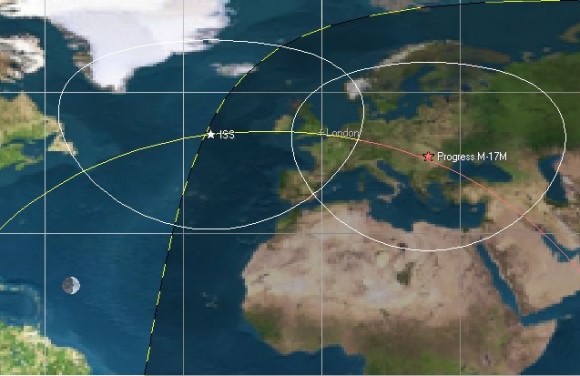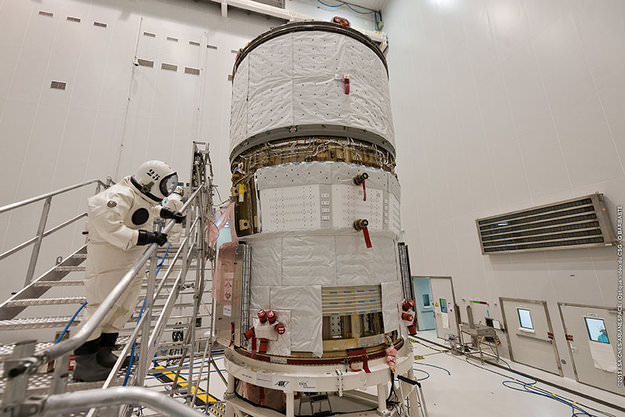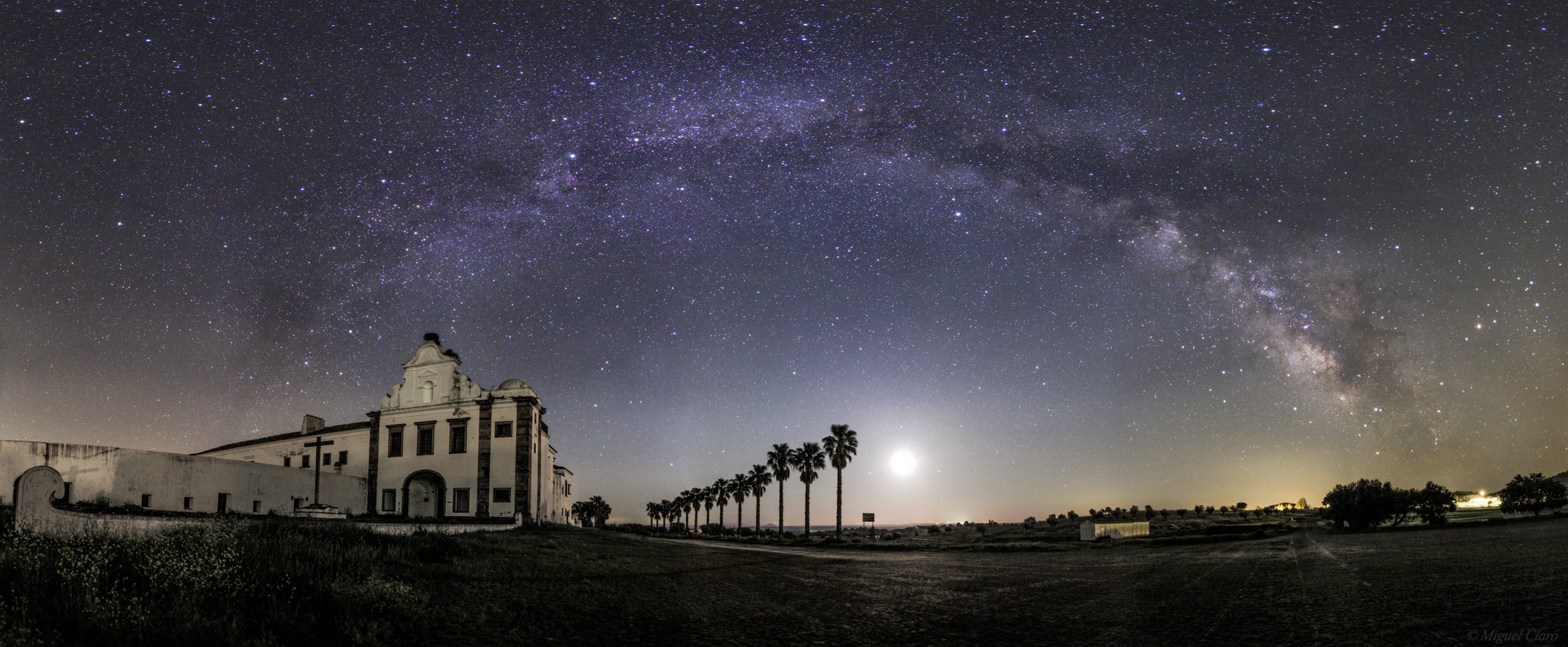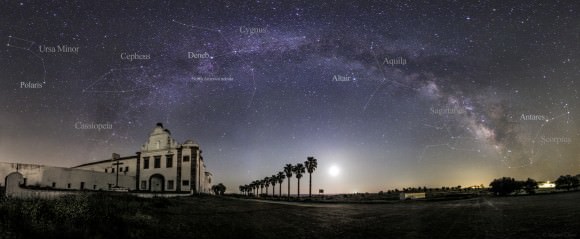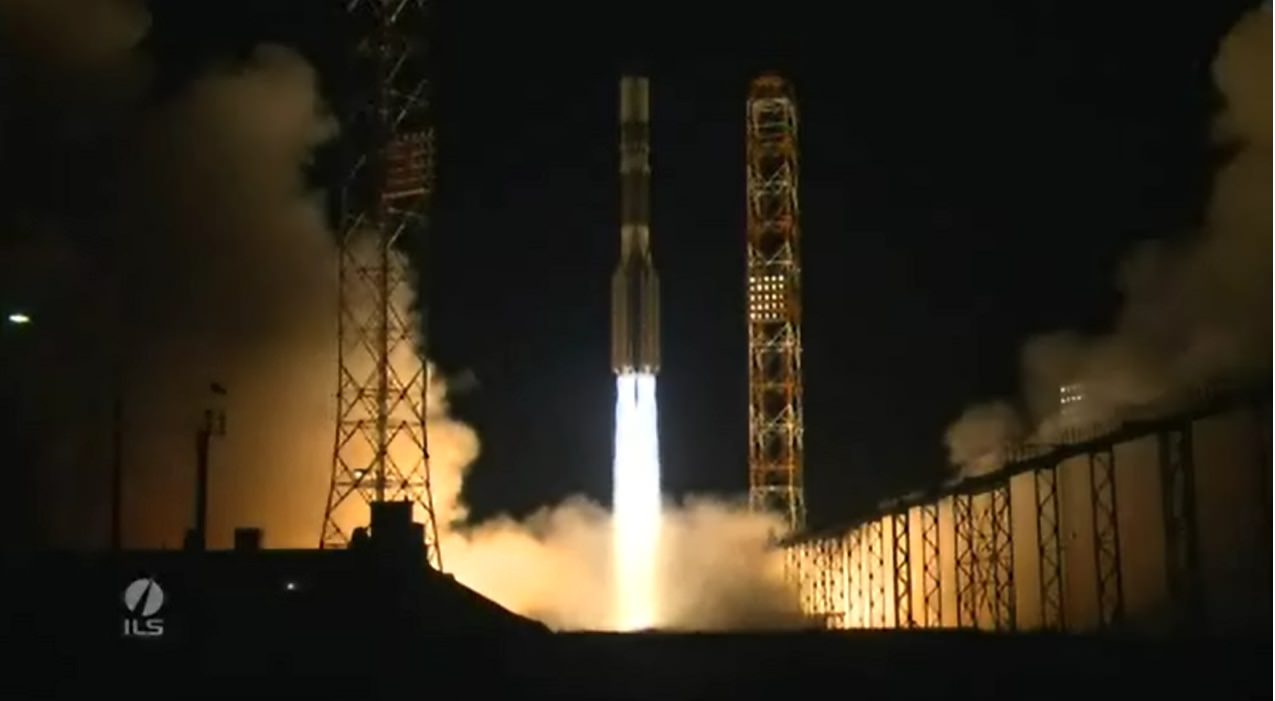The commercial space competition race is about to begin, and with a big bang at a most unexpected locale; Virginia’s Eastern shore.
The new and privately developed Antares rocket will ignite a new space race in the commercial arena – if all goes well – when the engines fire for Antares maiden soar to space slated for Wednesday, April 17.
“This is the biggest, loudest and brightest rocket ever to launch from NASA’s Wallops Flight Facility,” said former station astronaut and now Orbital Sciences manager Frank Culbertson, at a media briefing held today (April 16), 1 day prior to liftoff.
The April 17 launch is a test flight of the Antares rocket, built by Orbital Sciences Corp and is due to liftoff at 5 p.m. EDT from Mid-Atlantic Regional Spaceport (MARS) Pad-0A at NASA Wallops.
The weather forecast shows a 45% chance of favorable weather.
The mission is dubbed the A-One Test Launch Mission.
The launch will be visible along portions of the US East Coast from South Carolina to Maine, depending on viewing conditions.
Antares is the most powerful rocket ever to ascend near major American East Coast population centers, unlike anything before – and critical to keeping the ISS fully functioning.
For the past year, SpaceX Corp founded by CEO Elon Musk has monopolized all the commercial space headlines – as the first and only private company to launch a spacecraft that successfully docked at the International Space Station (ISS).
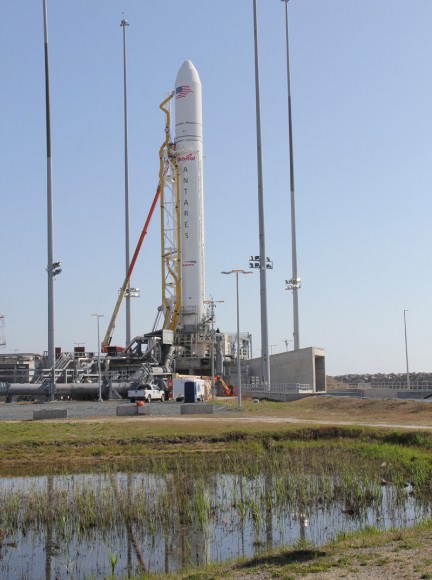
Indeed SpaceX just concluded its 3rd flight to the ISS lofting thousands of pounds (kg) of critically needed supplies to the ISS to keep it functioning – and numerous science experiments to keep the 6 person crew of astronauts busy conducting over 200 active science investigations and fulfill the stations purpose.
Orbital Sciences aims to match and perhaps even exceed the SpaceX Falcon 9 /Dragon architecture with its own ambitious space station resupply system comprising the medium class Antares rocket and Cygnus cargo resupply vehicle.
“The Cygnus can remain docked to the ISS for 30 to 90 days,” said former station astronaut and now Orbital Sciences manager Frank Culbertson at the briefing.
“Cygnus could be upgraded to stay longer perhaps up to a year in orbit,” Culbertson told Universe Today.
“Cygnus is based on the proven MPLM design. It could possibly be converted to a permanent habitation module for the ISS with added shielding and plumbing, if funding is available and if NASA wants to pursue that possibility,” Culbertson told me.
Cygnus could even be sent beyond low Earth orbit on ambitious new missions.
“This is a big event for this area and our country,” said Culbertson.
During the test flight Antares will boost a simulated Cygnus – known as a mass simulator – into a target orbit of 250 x 300 kilometers and inclined 51.6 degrees.
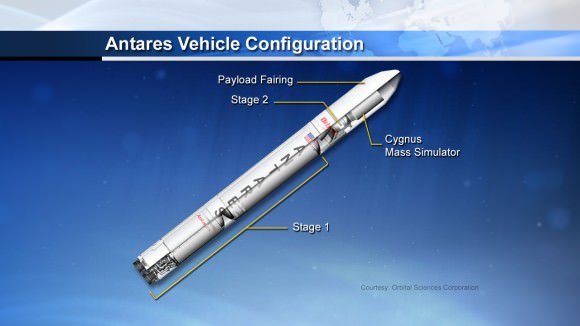
The Antares first stage is powered by dual liquid fueled AJ26 first stage rocket engines that generate a combined total thrust of some 750,000 lbs. The upper stage features a Castor 30 solid rocket motor with thrust vectoring. Antares can loft payloads weighing over 5000 kg to LEO.
Antares stands 131 feet tall.
Dozens of technicians were working at the pad during my photoshoot today.
The Antares/Cygnus system was developed by Orbital Sciences Corp under NASA’s Commercial Orbital Transportation Services (COTS) program to replace the ISS cargo resupply capability previously tasked to NASA’s now retired Space Shuttle fleet.
Over the next 3 to 4 years, eight Cygnus carriers will loft 20,000 kg of supplies, food, water, clothing , replacement parts and science gear to the ISS under a NASA contract valued at $1.9 Billion.
“This represents a new way of doing business for NASA,” said NASA’s commercial crew program manager Alan Lindenmoyer.
NASA Wallops Director Jay Wrobel has granted the formal Authority to Proceed for Orbital Science Corporation’s test launch of its Antares rocket.
Following today’s Flight Readiness review, Orbital managers gave a “GO” to proceed toward launch.
NASA TV launch coverage begins at 4 p.m. EDT on April 17.
Watch for my continuing on-site reports through liftoff of the Antares A-One Test flight.
…………….
Learn more about Orion, Antares, SpaceX, Curiosity and NASA robotic and human spaceflight missions at Ken’s upcoming lecture presentations:
April 20/21 : “Curiosity and the Search for Life on Mars – (in 3-D)”. Plus “The Space Shuttle Finale and the Future of NASA – Orion, SpaceX, Antares and more!” NEAF Astronomy Forum, Rockland Community College, Suffern, NY. 3-4 PM Sat & Sunday. Display table all day.
April 28: “Curiosity and the Search for Life on Mars – (in 3-D)”. Plus the Space Shuttle, SpaceX, Antares, Orion and more. Washington Crossing State Park, Titusville, NJ, 130 PM

